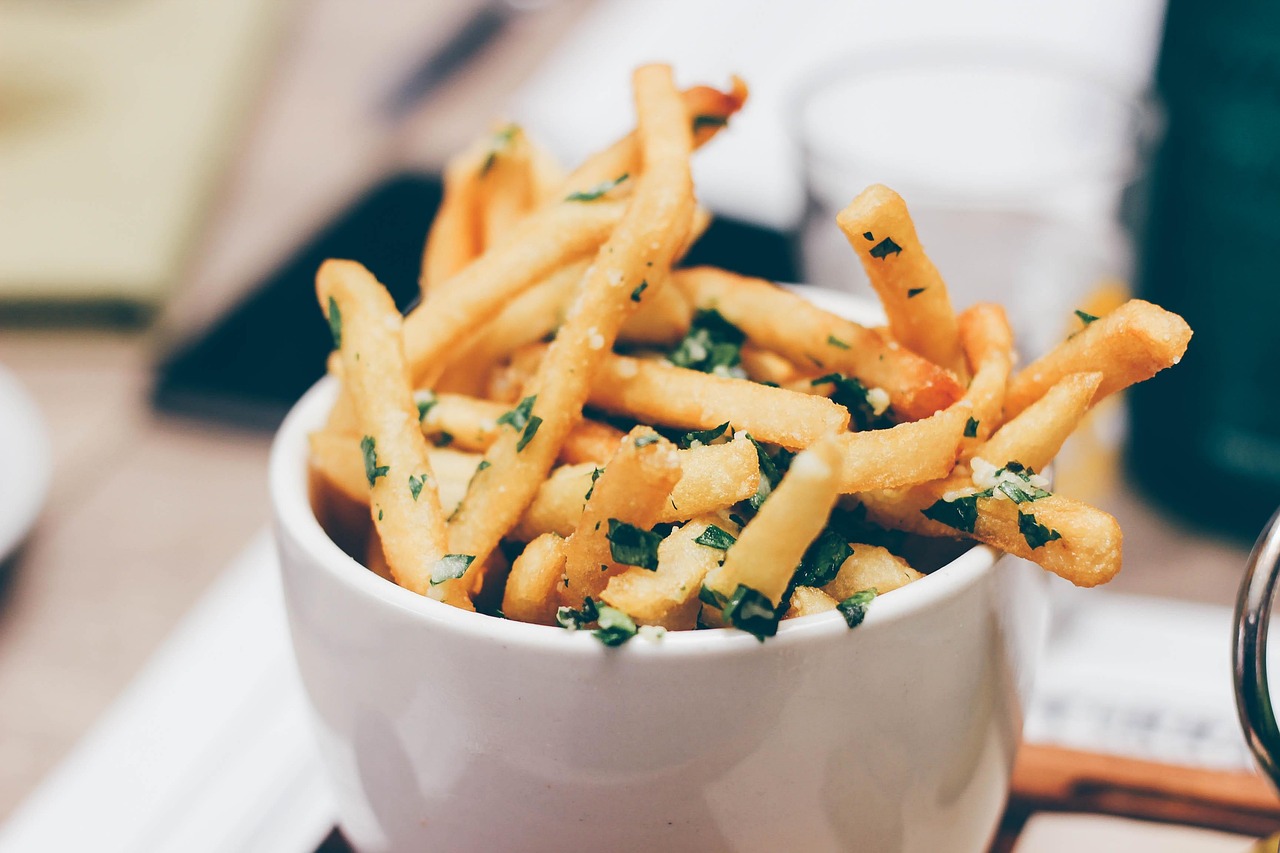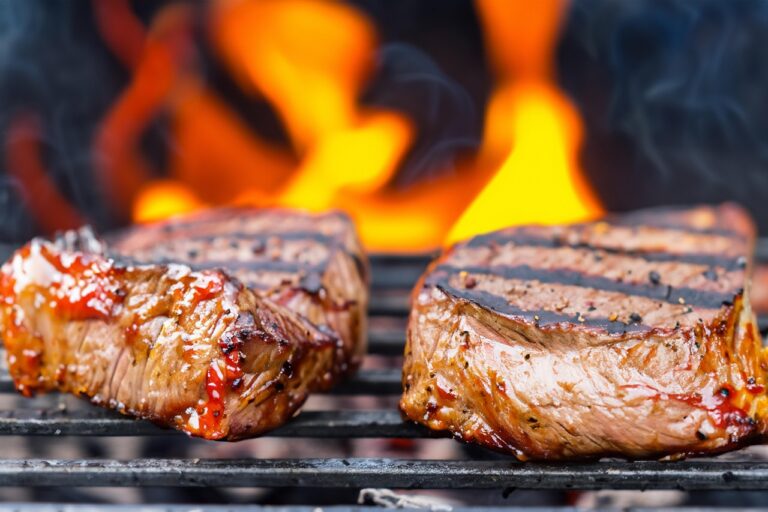Food cravings are more than simple hunger—they’re complex psychological and physiological phenomena that can override rational decision-making. Understanding the science behind cravings empowers you to make more conscious choices about what you eat.
The Neuroscience of Craving
Food cravings activate the same brain regions associated with drug addiction. When you crave chocolate or pizza, your brain releases dopamine in anticipation of the reward. This creates a powerful motivation to seek out specific foods, often regardless of actual nutritional needs.
Emotional Eating Triggers
Stress, boredom, sadness, and anxiety can trigger cravings for comfort foods—typically high in sugar, fat, or salt. These foods temporarily alter brain chemistry, providing short-term emotional relief. The brain learns to associate these foods with mood improvement, creating psychological dependence.
The Restriction-Craving Cycle
Paradoxically, restricting certain foods often increases cravings for them. When you tell yourself you “can’t” have something, your brain interprets this as scarcity, making the forbidden food more desirable. This psychological reactance explains why strict diets often lead to binge eating.
Hormonal Influences
Hormones significantly impact food cravings:
- Ghrelin (hunger hormone) increases before meals and can trigger cravings
- Leptin (satiety hormone) decreases appetite, but leptin resistance can disrupt this signal
- Cortisol (stress hormone) increases cravings for high-calorie “comfort” foods
- Insulin fluctuations can trigger sugar cravings
- Hormonal changes during menstruation often increase chocolate and carbohydrate cravings
Environmental Cues
Your environment constantly triggers food cravings through visual, olfactory, and contextual cues. Seeing food advertisements, smelling baking bread, or being in locations associated with eating can activate craving responses even when you’re not physically hungry.
The Memory Connection
Food cravings are often linked to memories and emotions. The smell of cookies might trigger childhood memories, while certain foods become associated with celebrations, comfort, or social connections. These emotional associations can create powerful cravings independent of nutritional needs.
Nutritional Deficiencies
While popular belief suggests cravings indicate nutritional deficiencies, research shows this connection is weak. Chocolate cravings don’t necessarily indicate magnesium deficiency, and meat cravings don’t always mean you need iron. However, severe restrictions can lead to cravings for entire food groups.
The Role of Processed Foods
Food manufacturers engineer products to trigger cravings through optimal combinations of sugar, salt, and fat. These “hyperpalatable” foods activate reward pathways more intensely than whole foods, making them particularly difficult to resist.
Managing Cravings Effectively
- Practice mindful eating to distinguish between hunger and cravings
- Address underlying emotional triggers through stress management
- Avoid extreme dietary restrictions that can backfire
- Keep trigger foods out of immediate environment
- Find non-food alternatives for emotional comfort
- Eat regular, balanced meals to prevent blood sugar fluctuations
The Acceptance Approach
Rather than fighting cravings, research suggests accepting them as normal psychological experiences. Observing cravings without immediately acting on them often reduces their intensity and frequency over time.
Understanding food cravings helps you develop a healthier relationship with food based on awareness rather than restriction or guilt.



